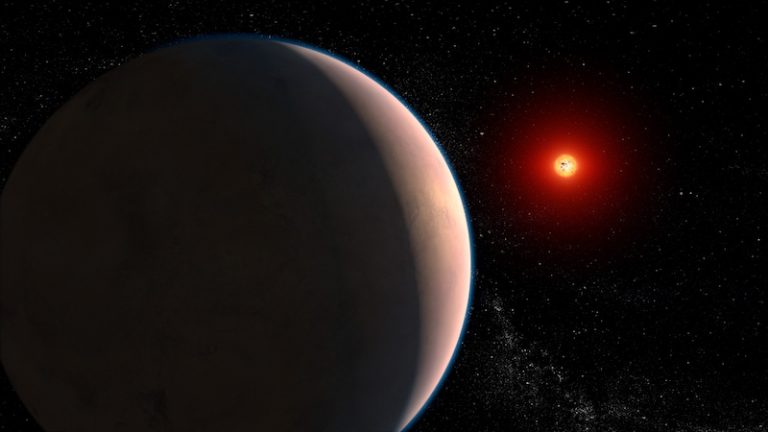James Web Space Telescope discovers water in vapor form
In search of another planet, now such a planet has been discovered, which has water vapor in its atmosphere. Water is very important for life. Due to which whenever a watery planet is detected, then the possibility of life also increases. The same has happened with this planet. But the temperature of this planet is so high that the imagination of an intelligent creature like human becomes zero there. But it cannot also be said that there is no life on that planet. May not be like human, but the possibility of being in some other form cannot be ruled out. The special thing is that this discovery has been made by the James Webb Space Telescope JWST established in space.
GJ 486 b is a planet of a red dwarf star
The name of the star around which this planet is orbiting is GJ 486 b. It is a red dwarf star. It is 26 light-years away from Earth. It is also special that it has been found to be rocky. NASA’s Webb Space Telescope has found tentative evidence for water vapor on this planet, but it is not yet known whether the water vapor is in the planet’s atmosphere or in starspots on the star. Studies are going on in this regard.
This planet is 26 light years away
All the planets discovered so far are planets much larger than Earth, larger than Neptune or super-Jupiter.
On May 1, 2023, the U.S. and UK Researchers reported that they have identified water vapor in the atmosphere of a rocky planet. This planet is orbiting a red dwarf star. They used the Webb Space Telescope to make observations from 26 light-years away.
Research is going to be published in Astrophysical Journal on May 10
This research is going to be published in the new The Astrophysical Journal Letters on April 10, 2023. This research has been accepted for publication. This planet, GJ 486 b, is rocky, about 30% as large as Earth, and three times as massive. Astronomers are calling it a super-Earth. It orbits very close to its star, completing one orbit in just 1.5 days. So, unfortunately, with an estimated temperature of 800 degrees Fahrenheit (430 C), it’s not a good place to look for life. Scientists say it is also likely tidally locked, so it always keeps the same side facing its star.
Source and photo: via NASA / ESA / CSA / Joseph Olmsted (STSCI) / Leah Hastak (STSCI).

Journalist Space science.
Working with India’s leading news paper.
और अधिक जानें

